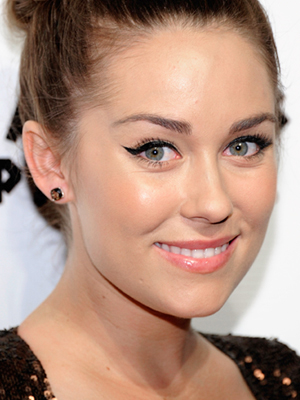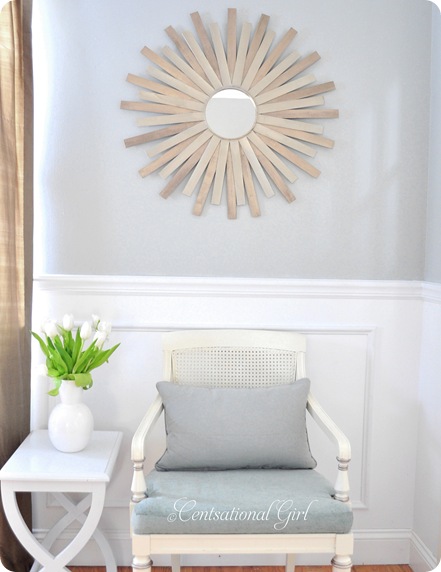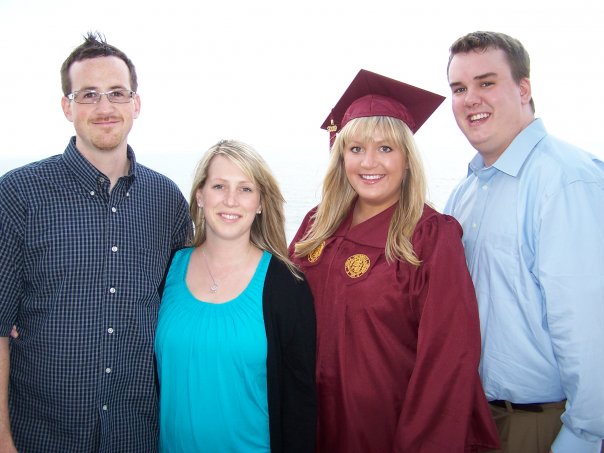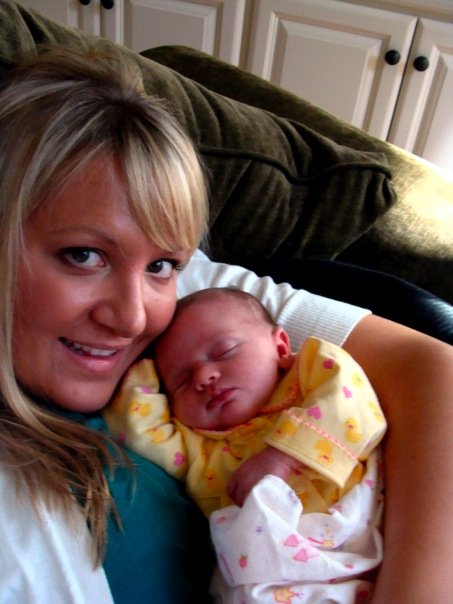I have been getting quite a few emails and comments asking about my photographs (thank you!). A lot of you want to to know what type of camera I use and would like for me to share some photography tutorials. I have added additional lenses to my arsenal since I posted about my camera, but you can find out some of what I use
here. I appreciate all of your feedback. I am still fairly new to photography myself, but would be happy to share some of the things that I have learned with you.
I use a Canon - therefore, the tutorials posted here will mostly be geared towards Canon users.
The goal of these tutorials will be to get you to move out of auto mode, and to gain some creative control over your images by using manual and semi-manual modes.
Photography literally translates to, "To draw with light". Learning how to work with light is critical to create a successful photograph. There are three main camera settings that control light and must be balanced in order to get a properly exposed photograph; ISO, aperture and shutter speed. Today we will discuss aperture.
Exposure is indicated by the exposure meter in the middle of your LCD screen (circled in red below) or along the bottom when you look through the camera's viewfinder and hold the shutter button half way down.
Notice that the exposure indicated above is in line with the zero (the small rectangle below the 0). This tells us that the photo about to be taken will be properly exposed. As you head into the +1/+2 range your photograph could turn out too bright and will be considered overexposed. As you head into the -1/-2 range your photo could be too dark and considered underexposed. In some situations you may want to over or under expose an image, but for the sake of a beginner lesson, do your best to line up with the zero. By learning the exposure triangle and all of it's components, you will be able to get a perfectly exposed image.
Today, we will focus on learning aperture.
Aperture (f-stop): Aperture is the size of the opening in a lens that allows light to pass through it and into the camera. By controlling your aperture, you can determine how much light reaches the camera's sensor. Think of an aperture as a circle that can open wide or close to a small size. When opened wide, the aperture can let in a lot of light. When tightened to be small, the aperture lets in very little light. The size limit of the aperture is determined by which lens is being used.
Another important feature of aperture is that it controls the depth of field. Depth of field is how much of your image is in focus. Many people new to the DSLR world are especially enamored with the ability to blur a background, but to keep a specific point in focus. This is controlled by the size of the aperture (as well as the focal length and distance from your subject - which I will cover in a future post). To get a shallow depth of field (blurred background) the aperture opening will need to be large and opened wide (small f-stop number). To get a large depth of field (i.e. for a landscape where you would want everything to be in focus) the aperture opening would need to be rather small (large f-stop number).
To set the aperture, you will select an f-stop number. One of the more confusing aspects of aperture is that the smaller the f-stop number, the larger the actual opening of the aperture is and vice versa (the larger the f-stop number is, the smaller the actual opening of the aperture is).
You may need to check your camera's manual to find out how to change the aperture on your model - but, I will show you how it works on my camera model.
To change your aperture, put your camera into manual mode (m on the mode dial).
Hold down the Av button (located to the right of your LCD screen) while turning the front dial (located directly above your shutter button). You should see the number preceded by an F change when you do this. You can view this through your viewfinder or on your LCD screen.
Review: While in manual mode (M) hold down Av button and turn the front dial. You should see the number proceeded by an F change.DSLR cameras also offer semi-manual modes, which I think are a great way for beginners to learn how to control their cameras. A semi-manual mode that allows you to have control over aperture is the aperture priority mode or Av (A on Nikon) on your mode dial.
The aperture priority mode allows you to select your aperture and ISO while the camera compensates by setting the shutter speed for you, to get a properly exposed image. When in aperture priority mode, the front dial will now change your aperture, and you will no longer need to hold down the Av button.
Before this post gets out of control long (I may have already crossed that line), there is one more thing that I would like to share with you. Be aware that the lens that you choose determines how large your aperture can be. This is indicated in the name of your lens. For example, many beginners may use an 18-55mm f 3.5- f 4.6 lens. What this means is that when you are zoomed all the way out (18mm) your maximum aperture size is 3.5 and when you are zoomed all the way in (55mm) your maximum aperture size is 4.6.
When I first got my camera, I found that the kit lens that came with my camera did not allow me to get the background blur that I wanted to achieve in my photos. If I can recommend one thing for every beginner to purchase, it would be
this lens (Nikon has a version as well). It is one of the least expensive lenses out there and allows you to open your aperture all the way to 1.8. You can't find a faster lens for the price! Also, it is the perfect lens to learn on and to be creative with without breaking the bank.
Our next lesson will be about shutter speed. In the meantime, practice using aperture. Take photos of the same subject at different f-stops and get a feel for what it does to your photos.
I hope that you found this tutorial helpful. Please feel free to comment or email me at brhea.koneman@gmail.com with any questions that you have. Now, get snapping!

















































